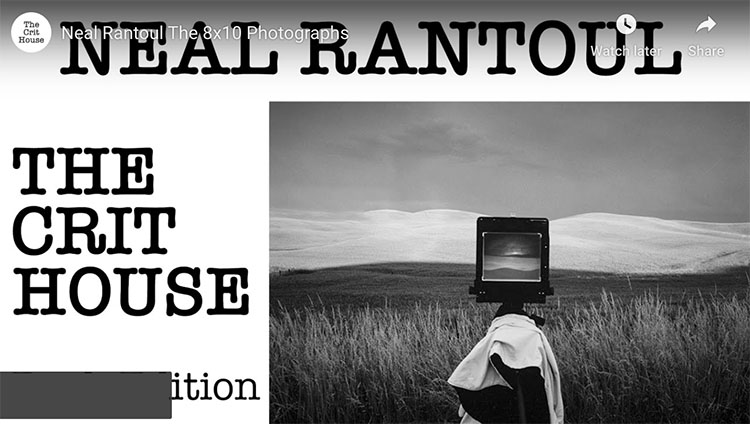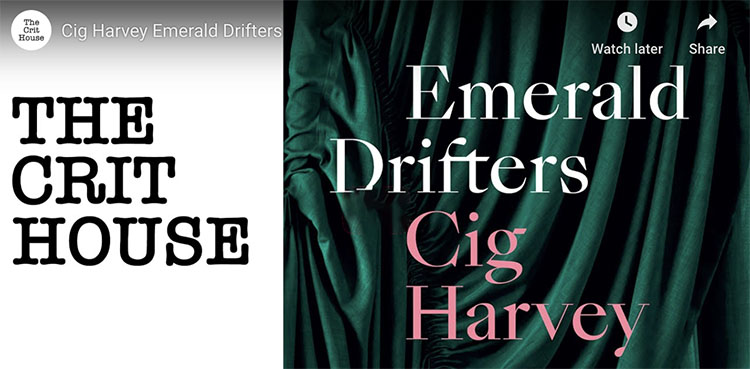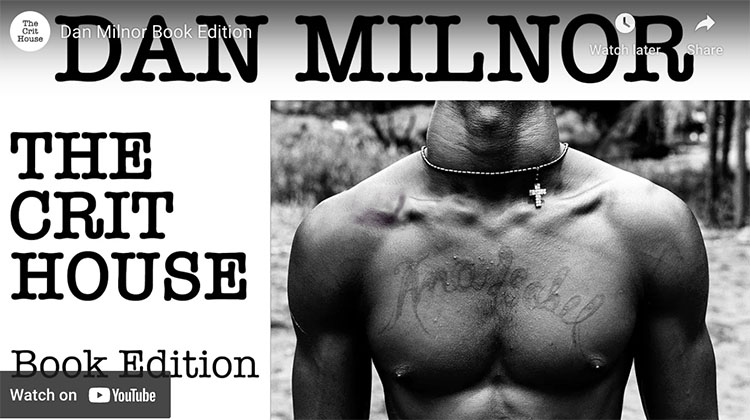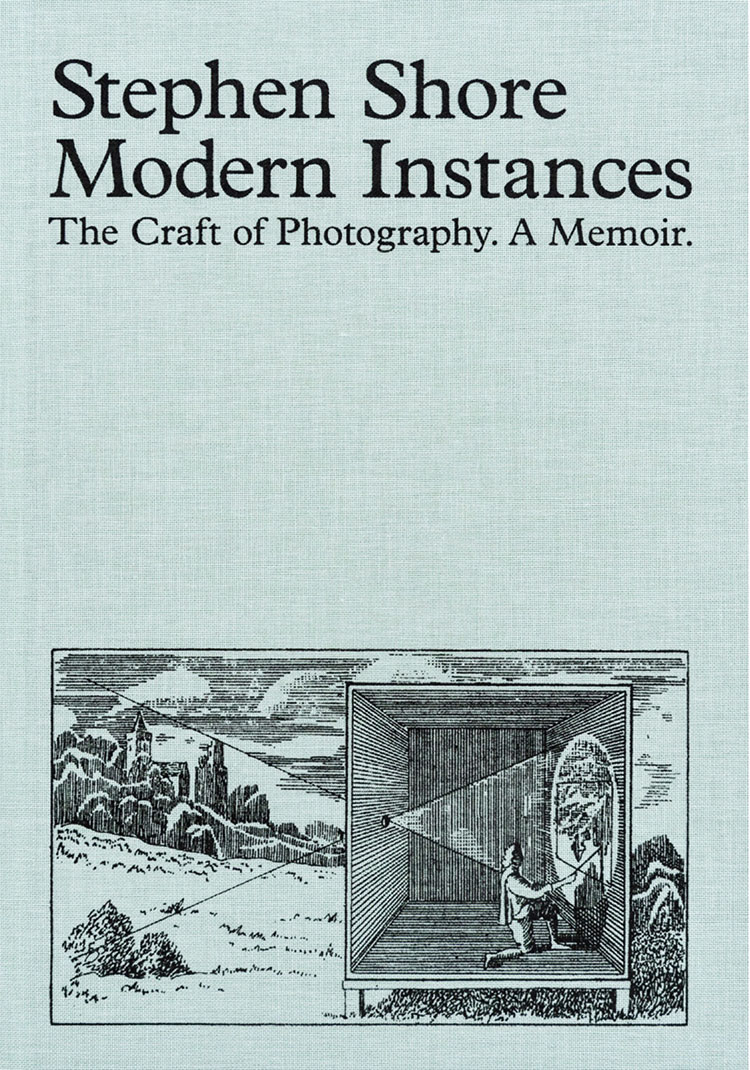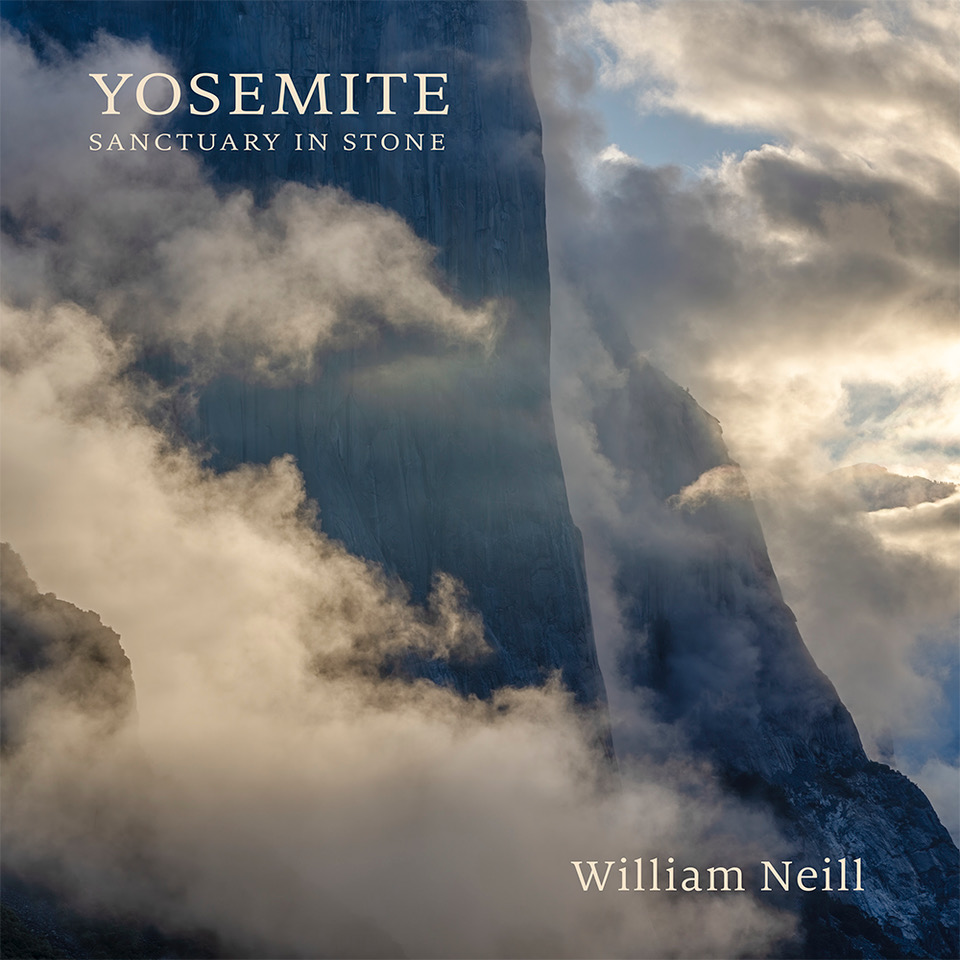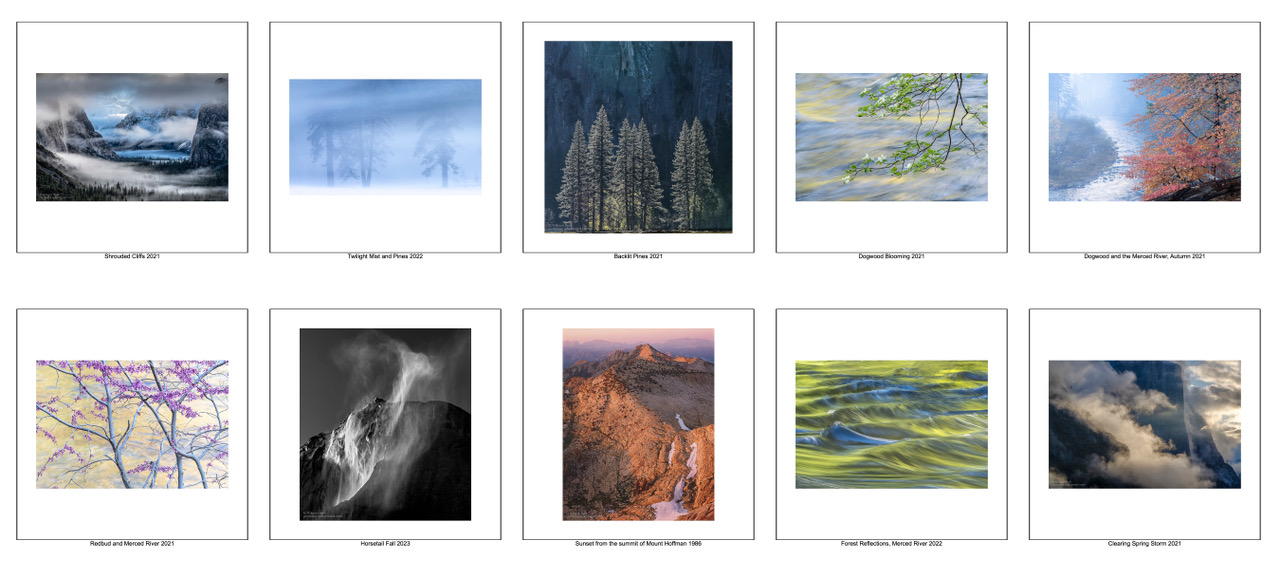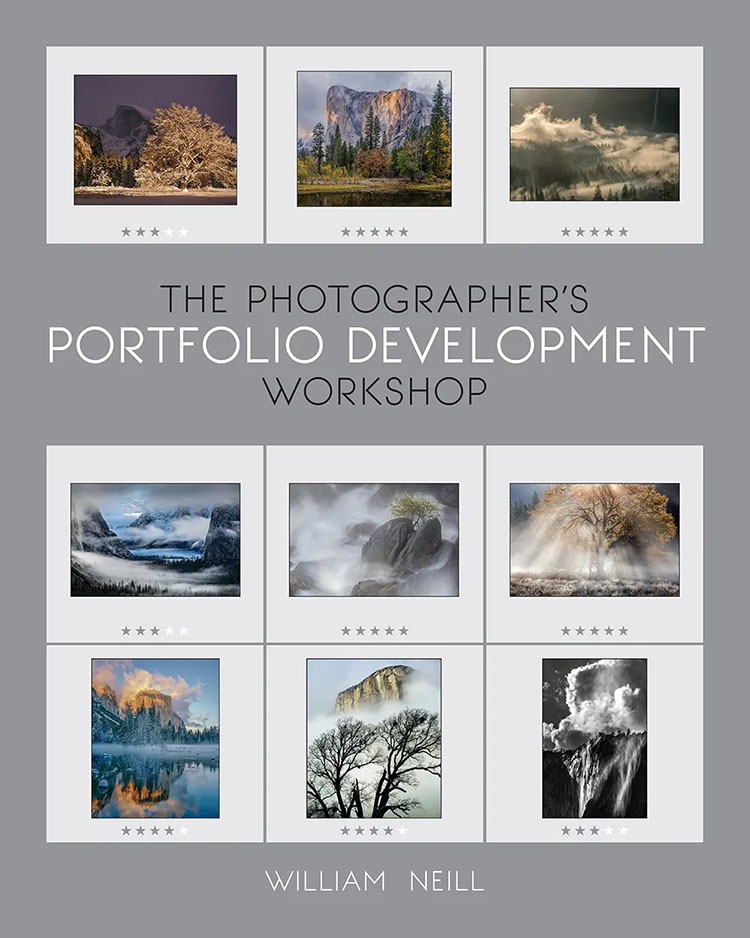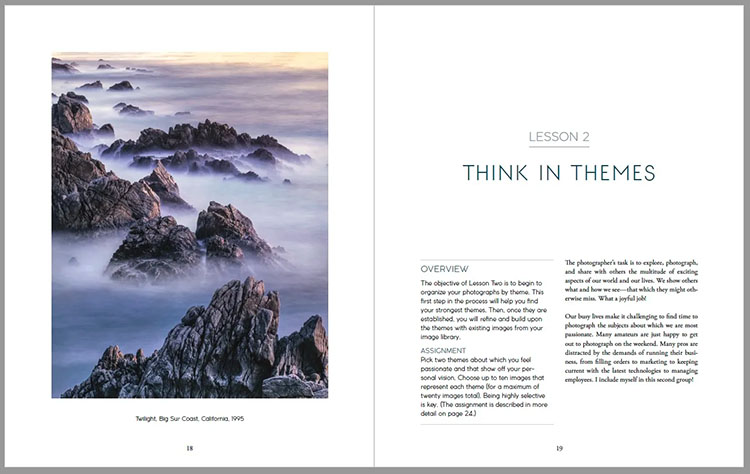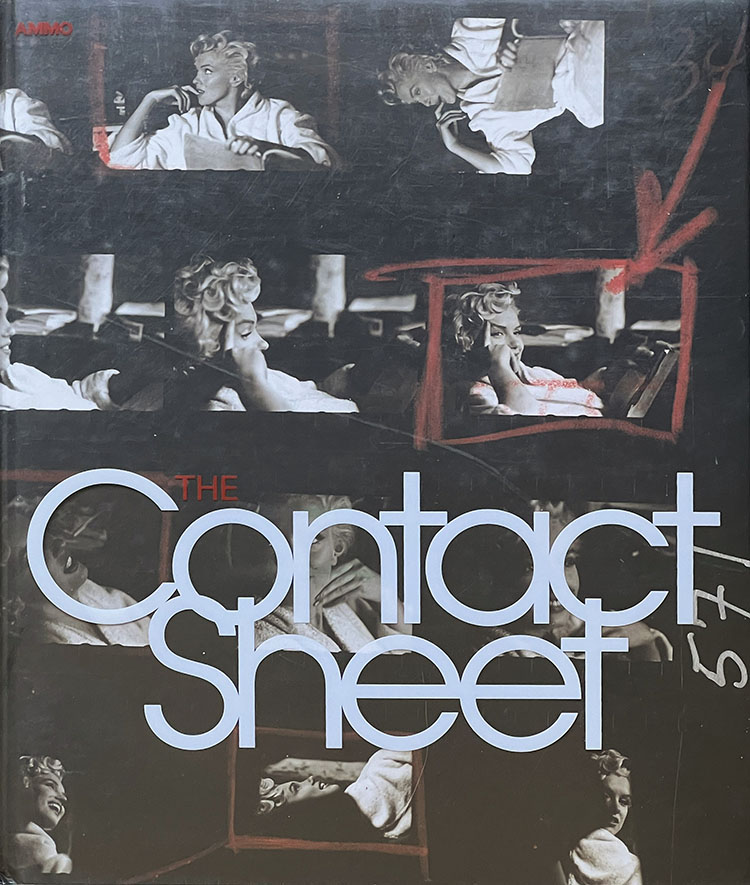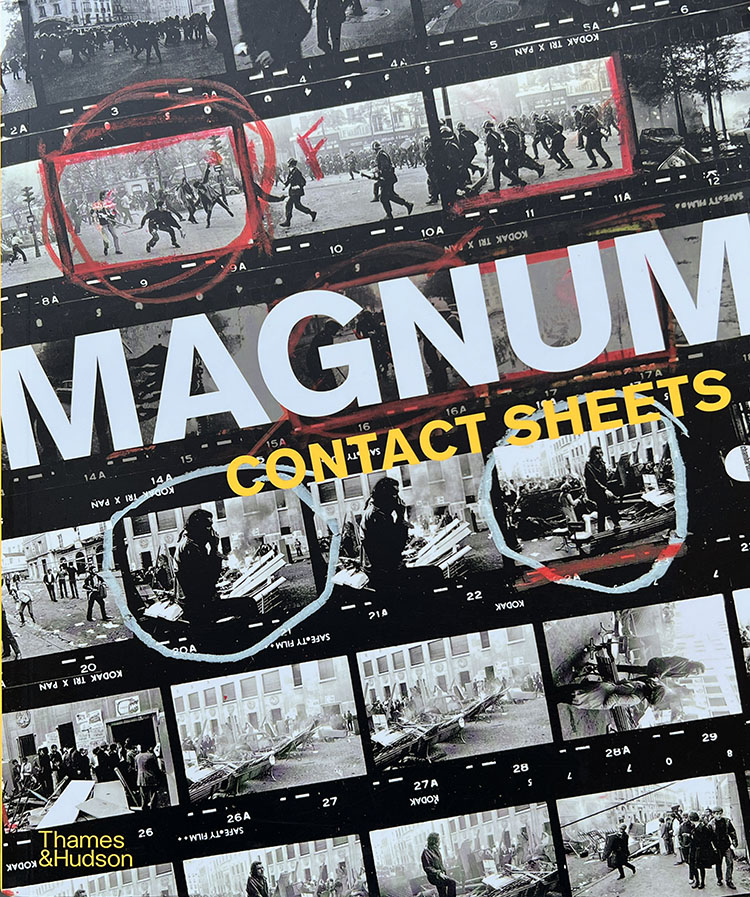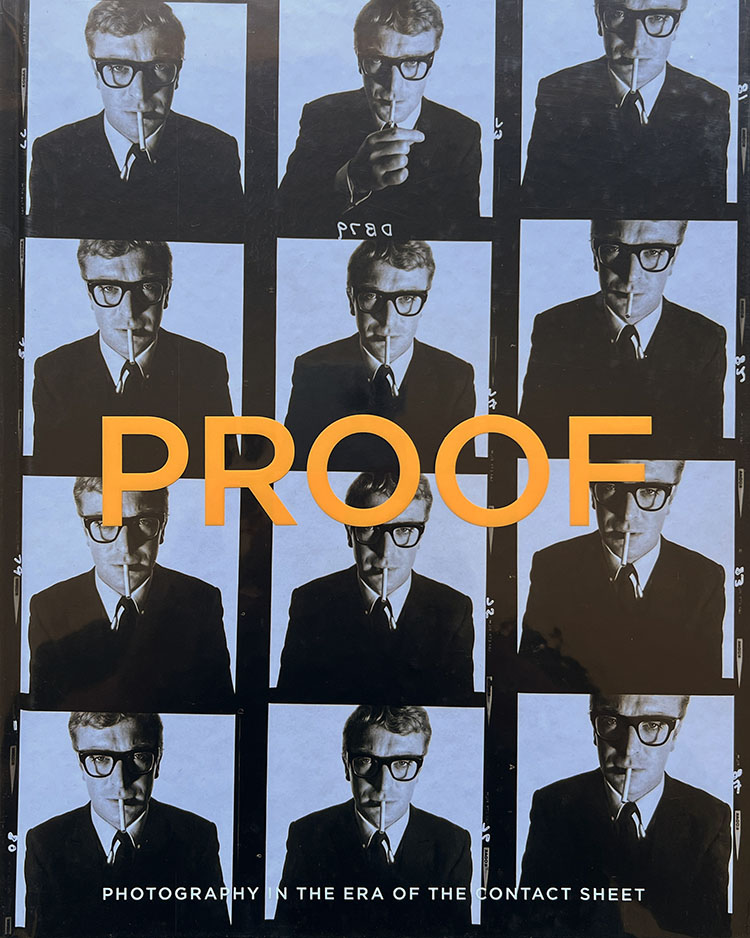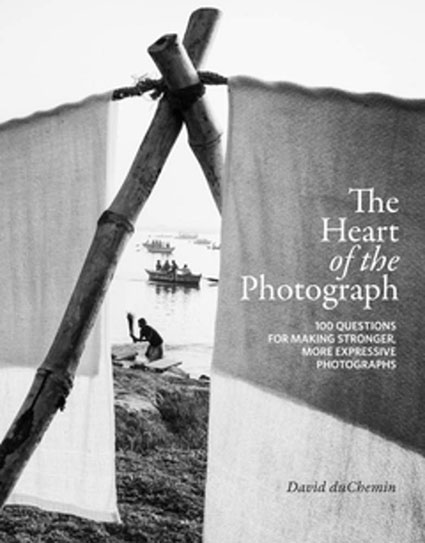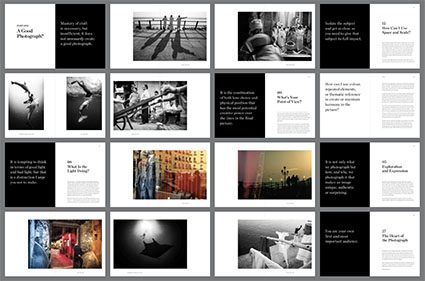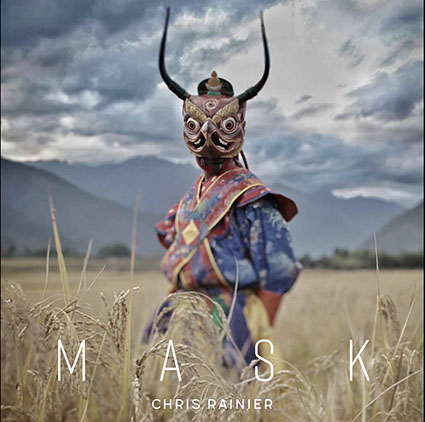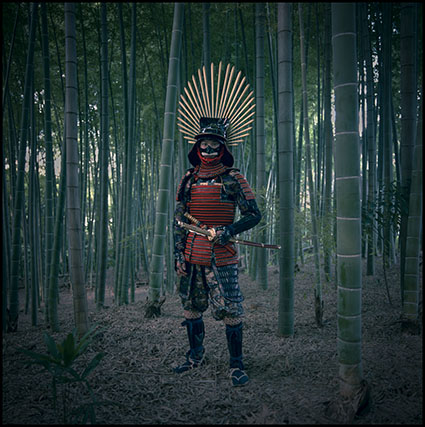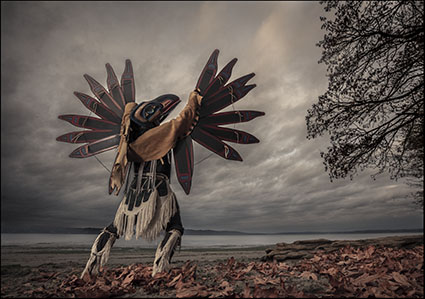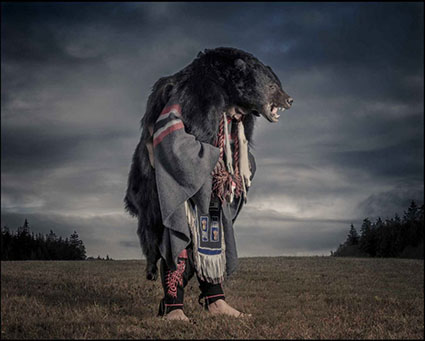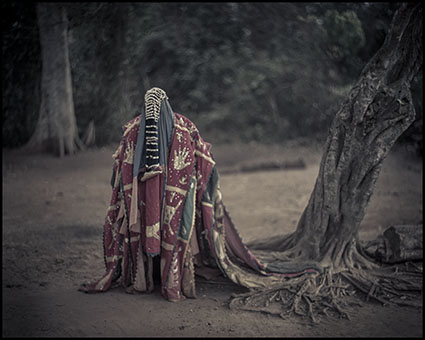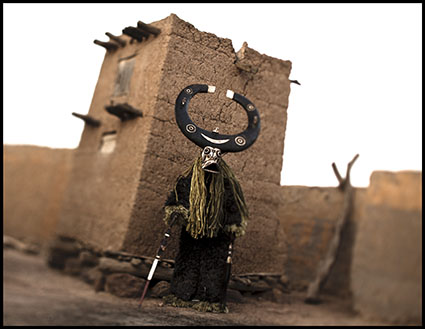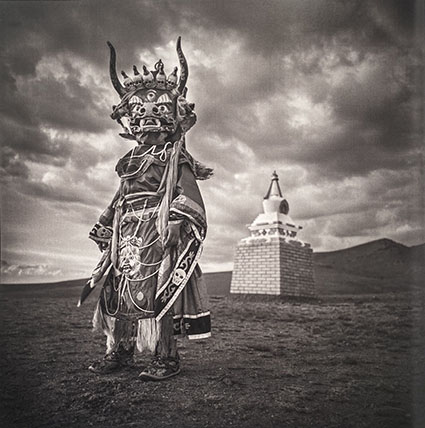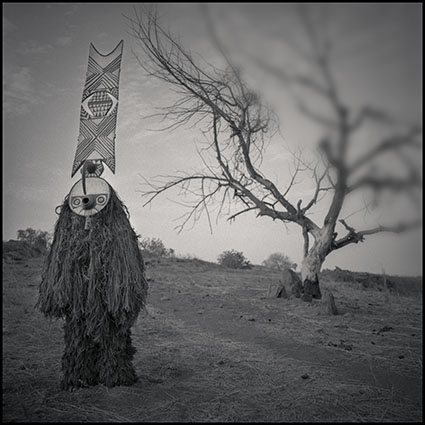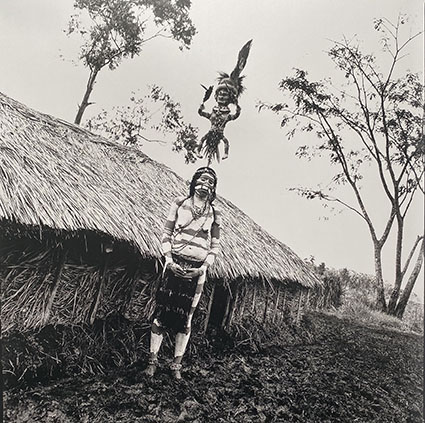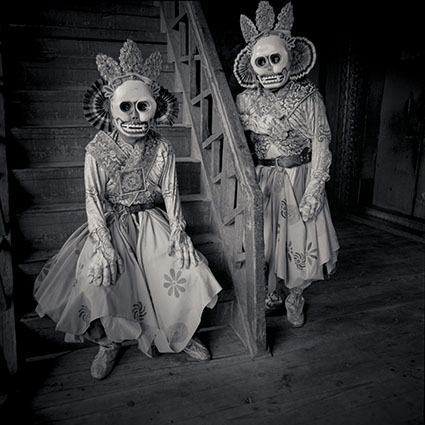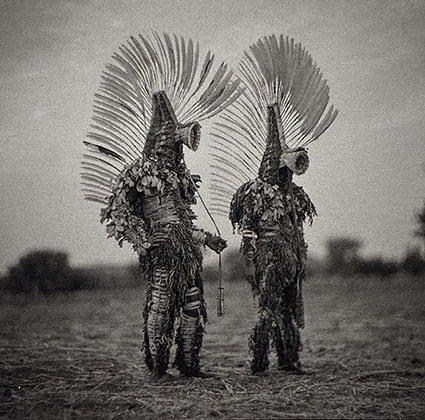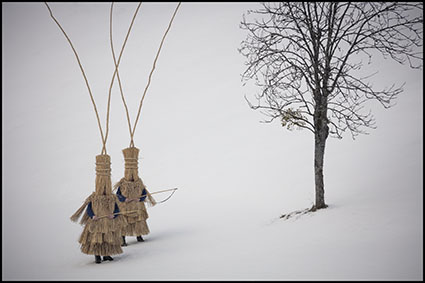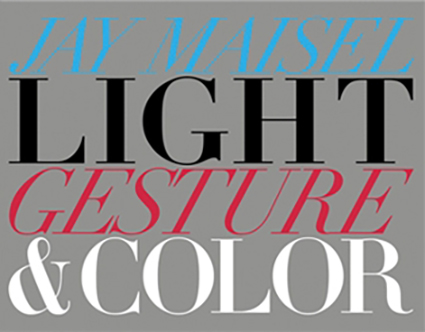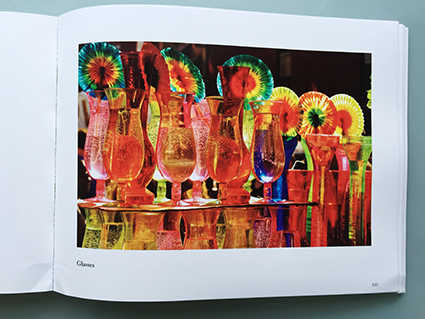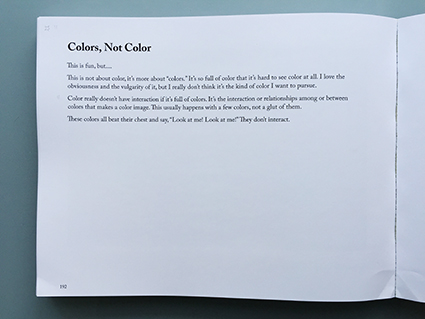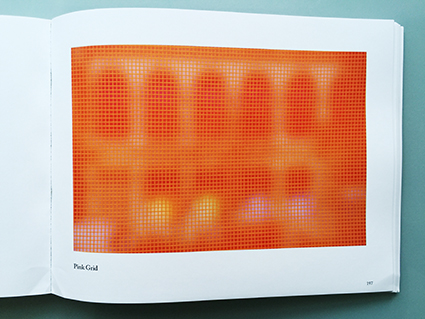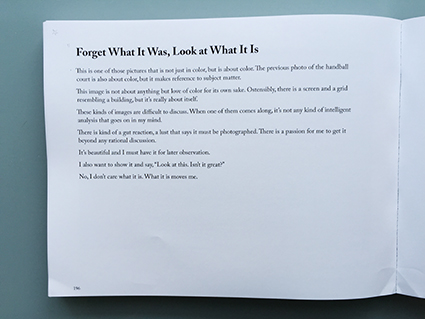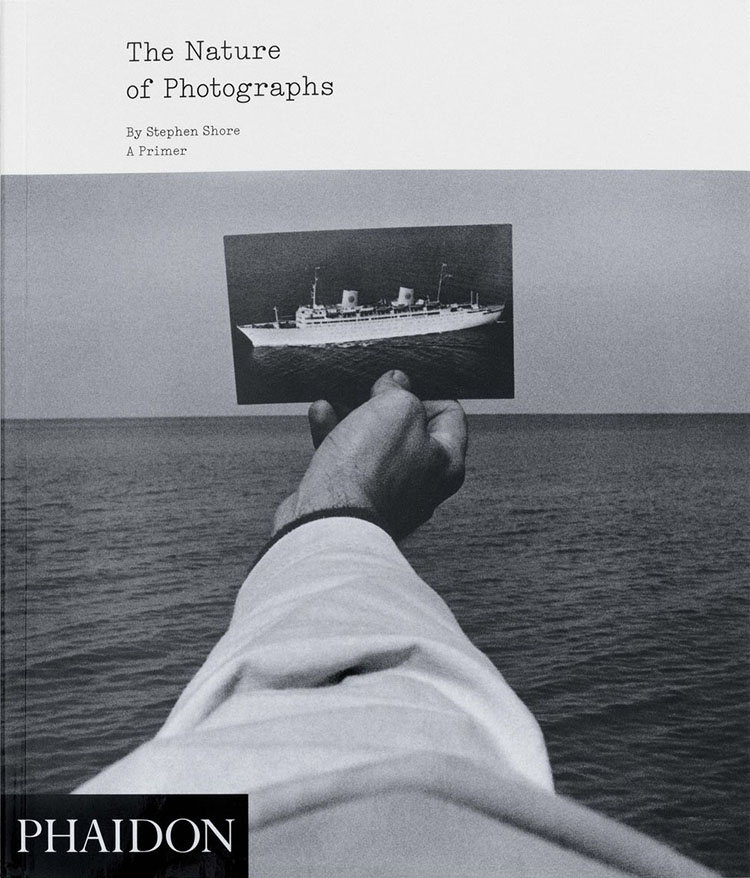
The Nature of Photographs
The Nature of Photographs provides a framework for understanding the visual language of photography by analyzing the fundamental elements that contribute to a photograph’s form and meaning. It aims to help readers understand the mechanics of how a photograph functions visually. Shore explains how the qualities of a photograph, such as the collapsing of depth, the relationship between lines and the frame, and the duration of exposure, create tension and meaning.
Shore suggests that photographs can be viewed on multiple levels:
Physical Level: Recognizing the photograph as a physical object, a print with specific characteristics like size, paper texture, and printing process.
Depictive Level: Understanding how the 3-dimensional world is transformed into a 2-dimensional image through techniques like flatness, frame, time, and focus.
Mental Level: Acknowledging the mental process of apprehending the image and its interaction with the depictive level. This involves the focus of the lens, eye, attention, and mind.
The Nature of Photographs features a wide range of photographs from various eras and genres, including iconic images, documentary photography, and everyday snapshots, illustrating Shore’s concepts.
Shore’s writing is described as lucid, perceptive, and thought-provoking, offering clear explanations and insightful observations delivered in a concise, even poetic, style.
Now a classic, it’s considered an indispensable tool for students, teachers, and anyone interested in taking better photographs or looking at them in a more informed way. It teaches viewers how to see through the eyes of a photographer.
Modern Instances
Modern Instances: The Craft of Photography (MACK Books) is a memoir by renowned photographer Stephen Shore. It offers insights into Shore’s career and creative process, drawing on his decades of teaching and exploring the influences that have shaped his work. The book is a blend of essays, photographs, stories, and excerpts, functioning as an “impressionistic scrapbook” that documents the touchstones of his journey.
Modern Instances reveals Shore’s artistic vision, stylistic leanings, and the inspirations behind his images. While containing some of Shore’s images, the book features reproductions of other art forms like paintings and movie stills. Shore contrasts photography with painting, describing it as an “analytic” process where the photographer brings order to the world through framing and other decisions. Shore encourages readers to find inspiration in the everyday world by paying close attention to their surroundings.

The Mental Image
Stephen Shore is hard at work finishing his latest book The Mental Image (MACK Books), which takes what he’s done in his previous books even further. We’ll discuss key the ideas in it in our upcoming conversation.
June 18 – Join us for a Conversation online with Santa Fe Workshops.
View 12 Great Photographs By Stephen Shore.
Read 13 Great Quotes By Photographer Stephen Shore.
Listen to Stephen Shore here.
Explore Stephen Shore’s books here.
Visit Stephen Shore’s website.
